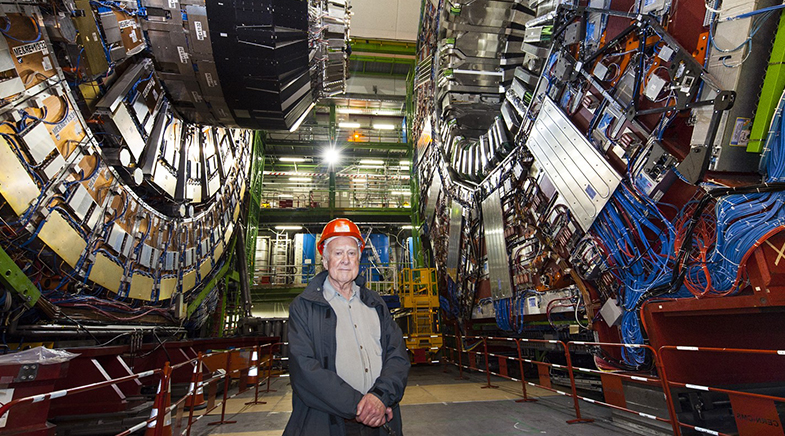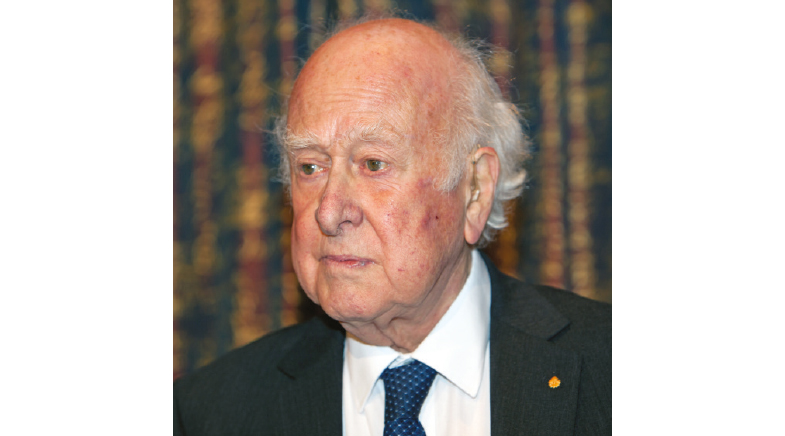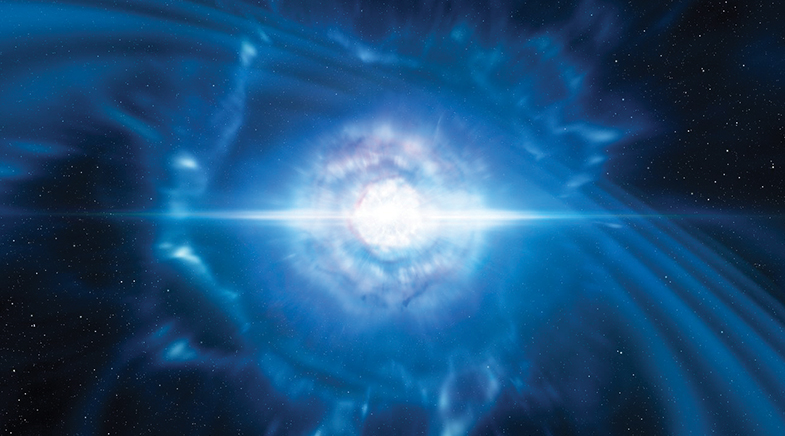The search continues
-
- from Shaastra :: vol 01 issue 05 :: Sep - Oct 2022

Unusual observations and plans for new colliders give particle physicists hope.
A particle collider is an expensive machine. The Large Hadron Collider (LHC), the accelerator in Geneva that found the Higgs boson in 2012, cost $4.5 billion to build and $1 billion every year to maintain.
High costs bring intense public and political scrutiny to collider projects, often questioning the wisdom of building new colliders. But it doesn't prevent the high energy physics community from trying to build more and more powerful machines.
In August 2022, news emerged that Fermilab in the U.S., a laboratory under the Department of Energy, was making serious plans to build a muon collider. A muon collider would accelerate and smash muons, which are heavy and short-lived particles similar to the electron.
A muon collider has never been built, and its ultimate fate depends on funding and political decisions, apart from technology development. But the American physics community believes that it is closer than ever to fruition.
Similarly, in Geneva, the European Council for Nuclear Research (CERN) is planning a major upgrade to the LHC by boosting the luminosity of the machine. The luminosity of an accelerator, a measure of the number of particles that can be pushed through a given area, also determines the number of particle collisions per second. The LHC is planning to increase the number of collisions by ten times per second through a major upgrade. The current LHC produces three million Higgs bosons per year. The High Luminosity LHC will produce 15 million and is set to be ready by 2029. The cost of the upgrade: $150 million.
PAST ISSUES - Free to Read


Have a
story idea?
Tell us.
Do you have a recent research paper or an idea for a science/technology-themed article that you'd like to tell us about?
GET IN TOUCH














